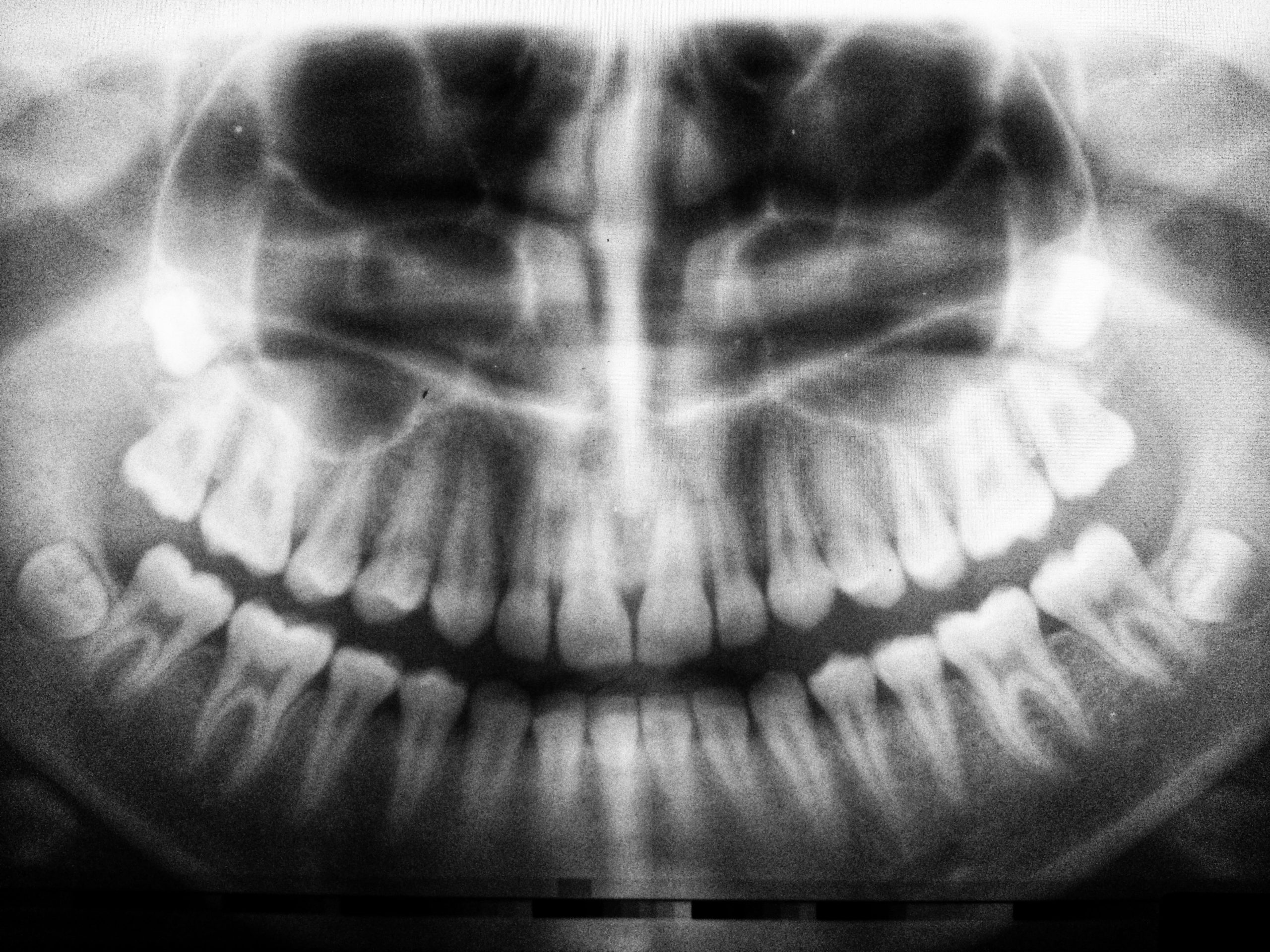
Radiation in dental practice: awareness, protection and recommendations
Dental radiography plays a crucial role in diagnosing and treating oral diseases. However, exposure to ionizing radiation can pose a potential health risk to dental professionals and patients. Therefore, it is essential to raise awareness, implement protective measures, and follow established guidelines to minimize the radiation in dental practice.
Awareness
Dental professionals should be aware of the potential risks of ionizing radiation exposure and take necessary precautions to reduce exposure levels. The amount of radiation emitted during dental radiography can vary depending on the type of imaging technique, patient age, and the region of interest. The effective dose of radiation from a single dental radiograph ranges from 0.005 to 0.01 mSv, which is relatively low compared to other diagnostic imaging procedures. However, repeated exposure can increase the risk of radiation-induced effects.
Protection
Several protective measures can be implemented to minimize radiation exposure.
The use of lead aprons, thyroid collars, and lead gloves can significantly reduce radiation exposure to vital organs. Additionally, the use of fast film or digital radiography can decrease the exposure time and radiation dose.
Moreover, using rectangular collimation and the use of the paralleling technique can also reduce the radiation dose by up to 70%.
Recommendations
Dental professionals must adhere to established radiation safety guidelines to minimize radiation exposure.
The American Dental Association (ADA) and the National Council on Radiation Protection and Measurements (NCRP) have published guidelines that provide recommendations on radiation dose limits, image selection criteria, and protective measures. The ALARA (As Low As Reasonably Achievable) principle should be followed to minimize radiation exposure levels.
Conclusion
Radiation in dental practice is a potential health risk that can be minimized by raising awareness, implementing protective measures, and adhering to established guidelines. Dental professionals should be aware of the potential risks associated with ionizing radiation exposure, and necessary protective measures should be implemented to reduce exposure levels. It is essential to follow established guidelines to ensure that the radiation dose is kept as low as reasonably achievable to ensure patient and personnel safety.

